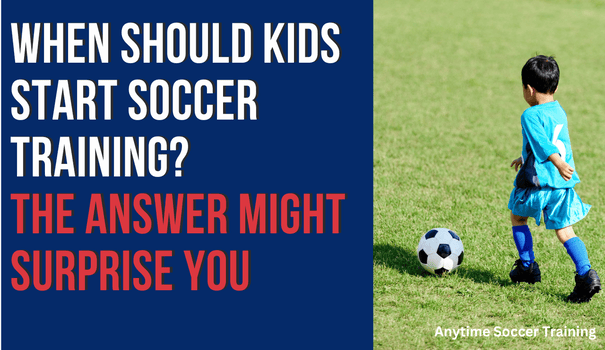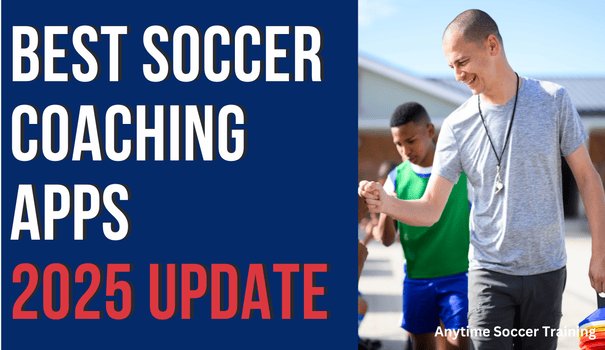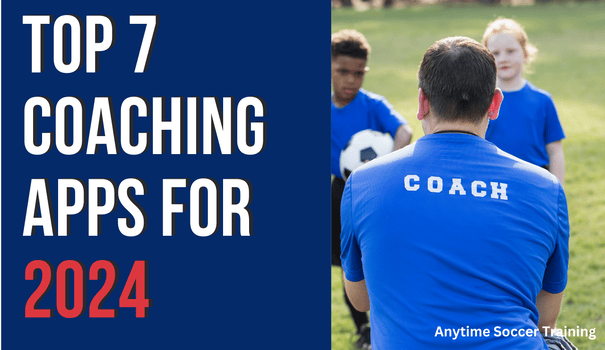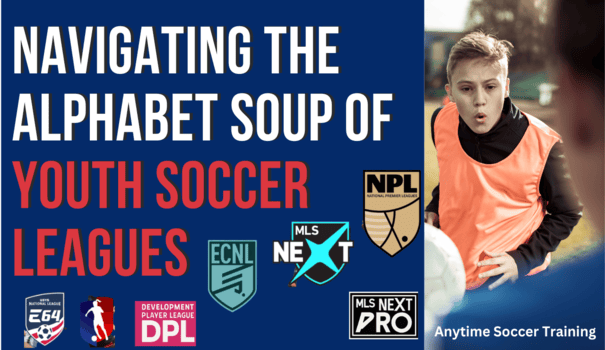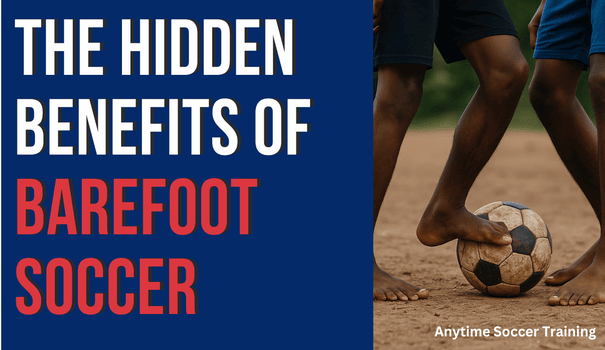
Diving into the U.S. soccer scene feels a bit like figuring out a maze, especially for soccer parents like us who want to help our kids succeed.
Unlike in other parts of the world, not everyone has a professional academy nearby. Plus, there’s no super-effective scouting system to find the best talent.
That’s why parents and players need to be a bit smarter in finding the right chance for their child if they dream of going pro.
In this post, I want to explain the US soccer pyramid and how the youth soccer system feeds into it. Let me unravel this confusing ball of yarn for you.
The US Soccer Pyramid
At the pinnacle stands Major League Soccer (MLS), founded in 1996, showcasing remarkable growth and competitiveness. The ‘Beckham Rule’ revolutionized player recruitment, attracting global stars and elevating the MLS to the world stage.
The pyramid extends to the United Soccer League Championship (USL Championship), USL League One, USL League Two, National Independent Soccer Association (NISA), and National Premier Soccer League (NPSL), providing various tiers for player development.
Major League Soccer (MLS)
At the pyramid’s summit is the MLS, the top professional league established in 1996. Boasting rapid growth, it now stands as the world’s 8th most-attended soccer league. The league has evolved, shedding unusual shootout rules and adopting international standards.
The “Beckham Rule” revolutionized player recruitment, attracting global stars and transforming MLS into a competitive arena.
United Soccer League Championship (USL Championship)
The second tier, USL Championship, began in 2011, featuring both independent and MLS-affiliated teams. Expanding from 15 to 29 teams by 2025, it acts as a crucial player development ground. Serving as a bridge between USL Championship and MLS, it fosters player growth and embraces diverse global influences.
USL League One
Introduced in 2019, USL League One is the third tier, recognized by the USSF. With twelve teams and a focus on player development, it provides a stepping stone for aspiring talents to ascend to higher levels.
USL League Two
Formerly the Premier Development League, USL League Two serves as the fourth tier, an amateur league allowing collegiate players to maintain eligibility. With over 80 teams, it serves as a crucial platform, preparing players for professional careers.
National Independent Soccer Association (NISA)
Established in 2017, NISA operates at the third tier, emphasizing promotion and relegation. With nine teams, its unique philosophy aims to grow clubs organically, offering a competitive platform.
National Premier Soccer League (NPSL)
Considered the fourth tier, NPSL is an amateur league with over 90 teams. Operating during summer, it nurtures talent, providing a pathway to higher professional leagues.
Local and Amateur Leagues
Beyond the top tiers, various local and amateur leagues, like USASA, UPSL, and CSL, contribute to the soccer landscape. USASA caters to diverse skill levels, UPSL integrates amateur and pro-development, while CSL, operating since 1923, boasts a rich history.
Further down in the hierarchy are college soccer associations such as NCAA, NAIA, NJCAA, CCCAA, NCCAA, and USCAA. However, the organizational disarray that has persisted for a century has complicated the transition from youth to professional soccer, leaving young players without a clear path to their dreams.
Youth Pathways to Professional Soccer
Navigating the landscape of pathways to professional soccer in the United States can be a complex journey. The below list aims to capture the major pathways available for your soccer players.
Joining an MLS Club:
Joining an MLS club involves a pay-to-play system, progressing through teams, and the potential to try out for the MLS Academy. Making it into the Academy provides a tuition-free pathway to professional soccer, creating a structured route for young talents.
MLS Discovery Programs:
Discovery Programs cater to non-MLS club players in areas with an MLS presence. Enrollment typically occurs a year before MLS Academy eligibility, with training alongside the local club. Success in Discovery Programs can lead to coveted slots in MLS teams, offering an alternative entry point.
Foreign Players:
While less common, foreign players may transition to an MLS Academy after playing for an overseas academy. The process, though unclear, raises questions about the impact of moving from abroad and whether players can initiate contact with MLS academies.
Additional Pathways:
Diverse pathways include club referrals, regional leagues, showcases, and festivals. ID camps for national teams or club soccer act as crucial exposure channels, potentially leading to MLS Academy trials. MLS Next programs and NPL events offer further opportunities for discovery.
College Players:
College players navigate MLS drafts and often play for lower league teams in the summer, providing dual exposure. This dual-path strategy supports the transition to professionalism, with MLS drafts and lower league engagements acting as key components.
Alternative Paths:
Parents play an active role in the process by creating highlight reels and submitting them to academies. This alternative method showcases the importance of personal initiatives and external support in gaining recognition.
High School to MLS Transition:
Transitioning directly from high school to MLS is a less common route, with unclear restrictions. The question remains open on the feasibility and regulations surrounding this direct transition, creating an area for further exploration in player development.
Diving into the U.S. soccer scene demands strategic understanding, considering the absence of a robust scouting system.
Hopefully, this guide unraveled the intricacies of the U.S. Soccer Pyramid and outlines major player pathways, emphasizing the importance of smart choices for aspiring soccer talents.


